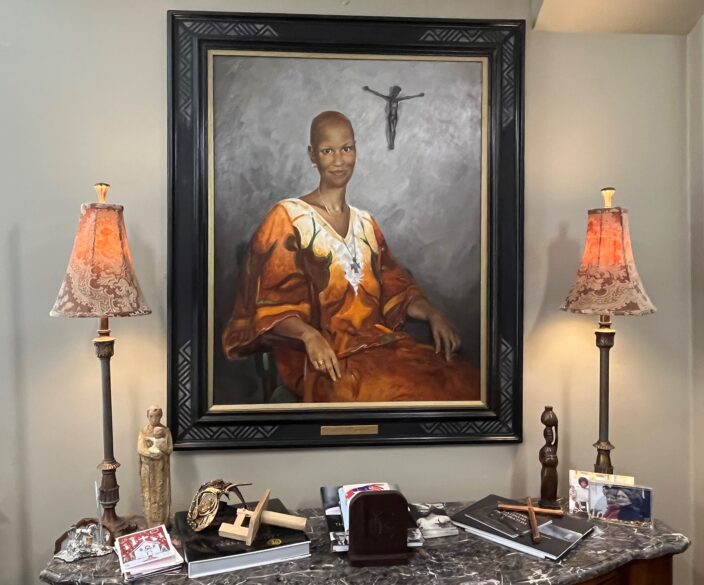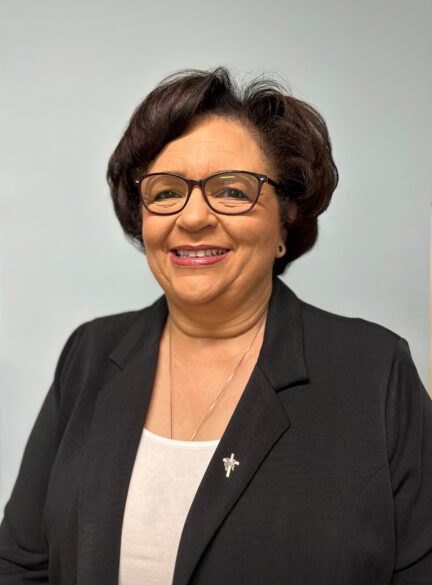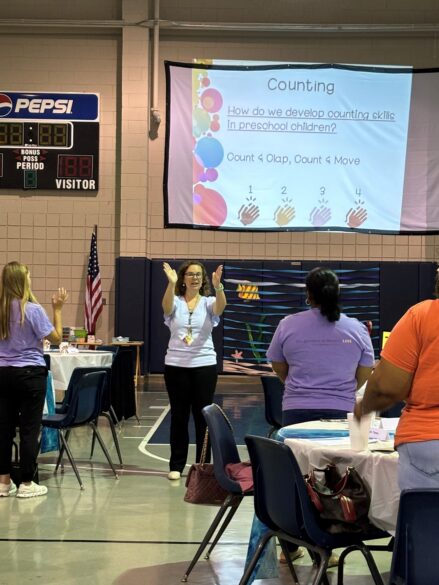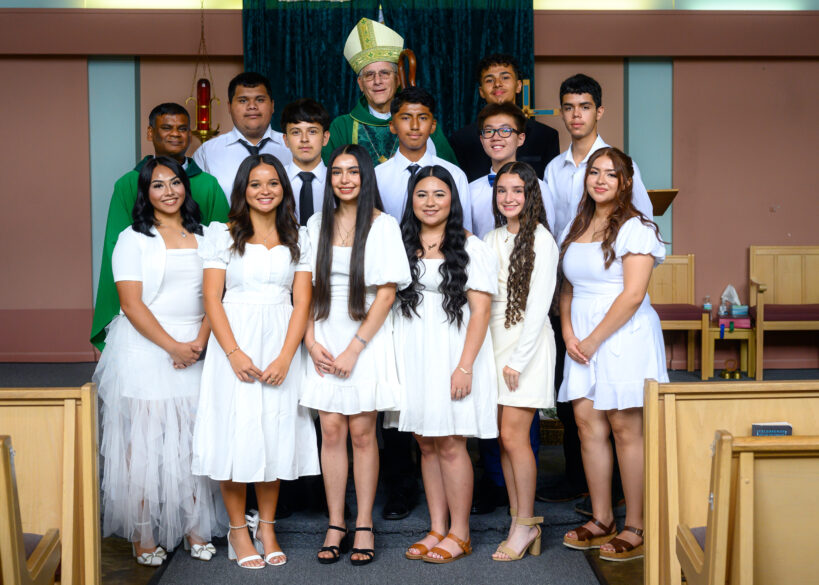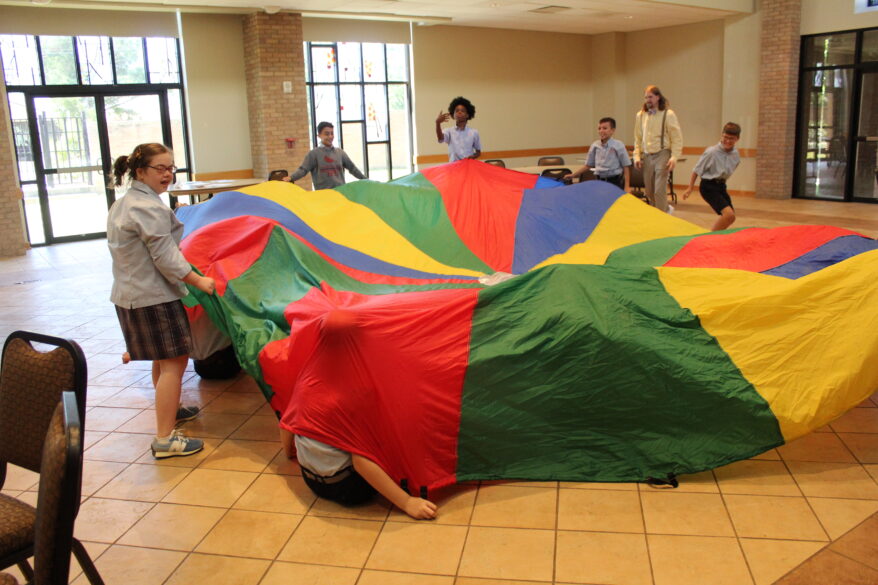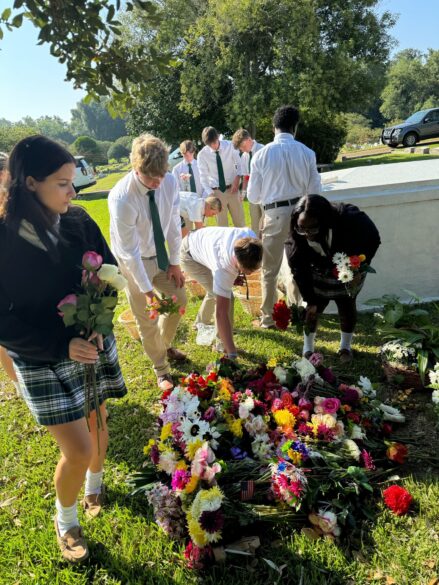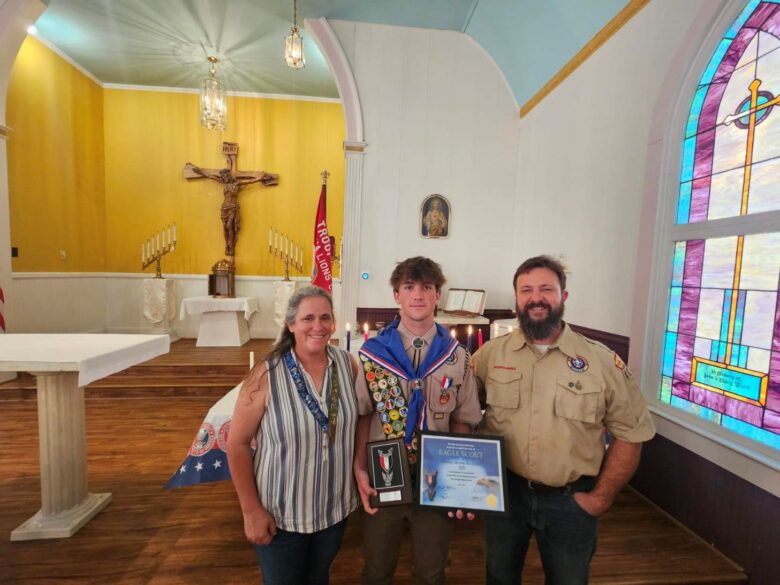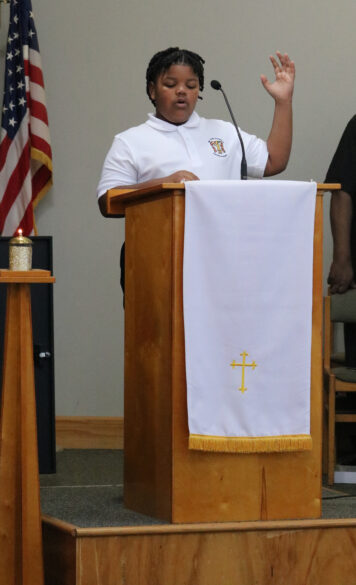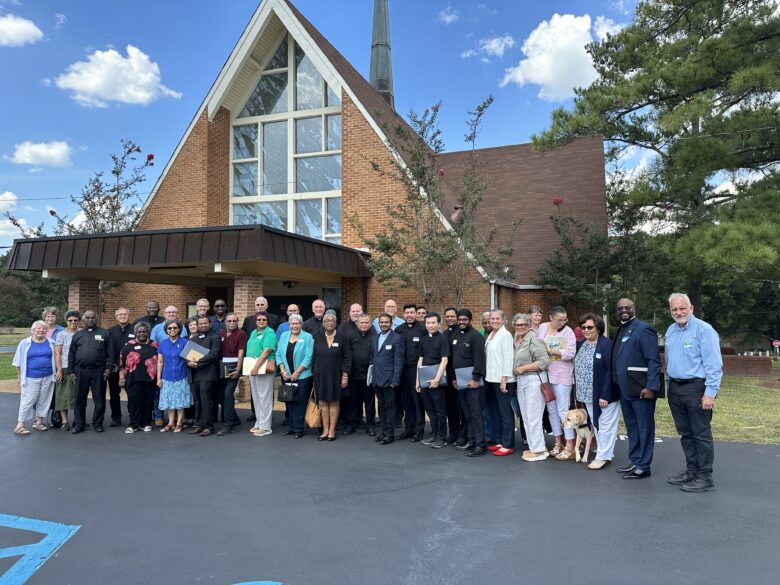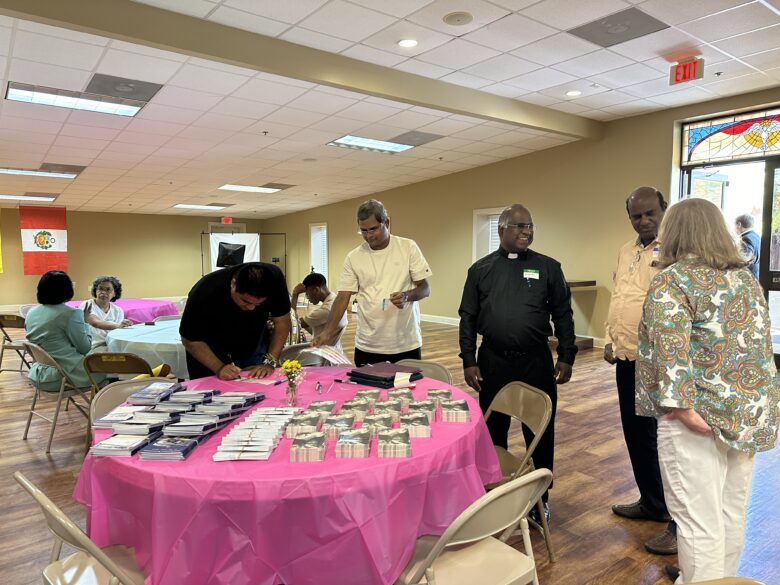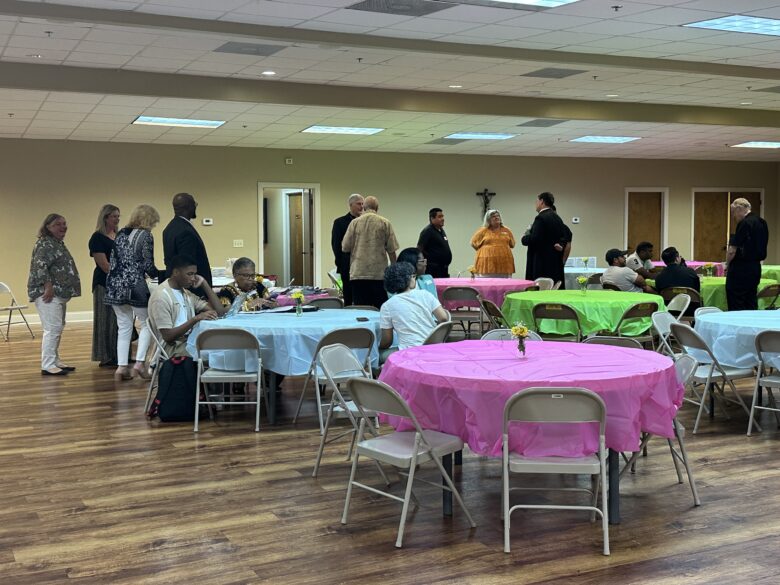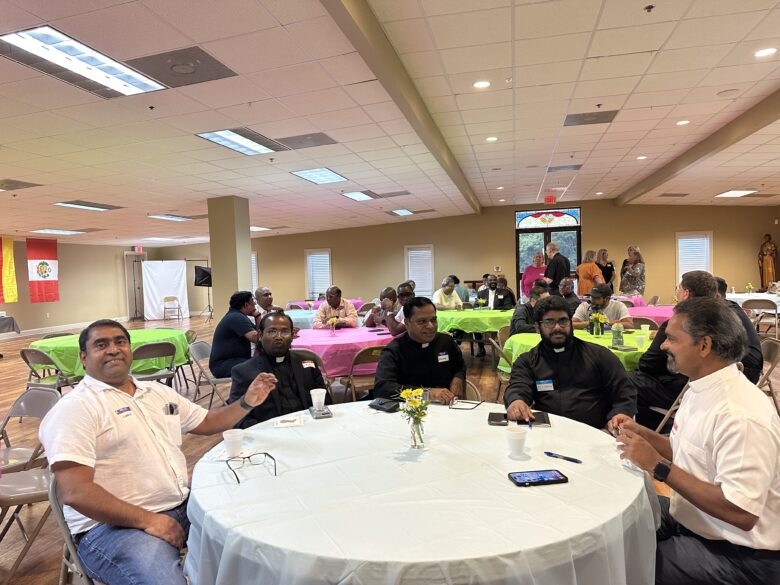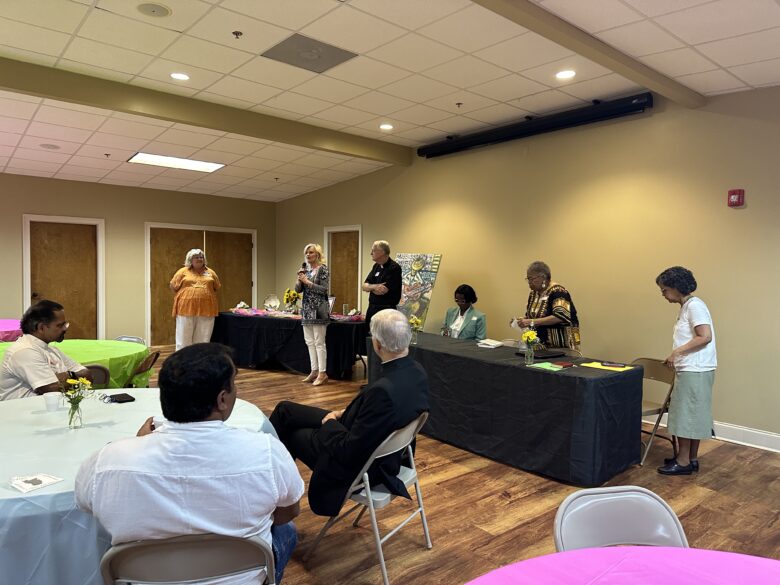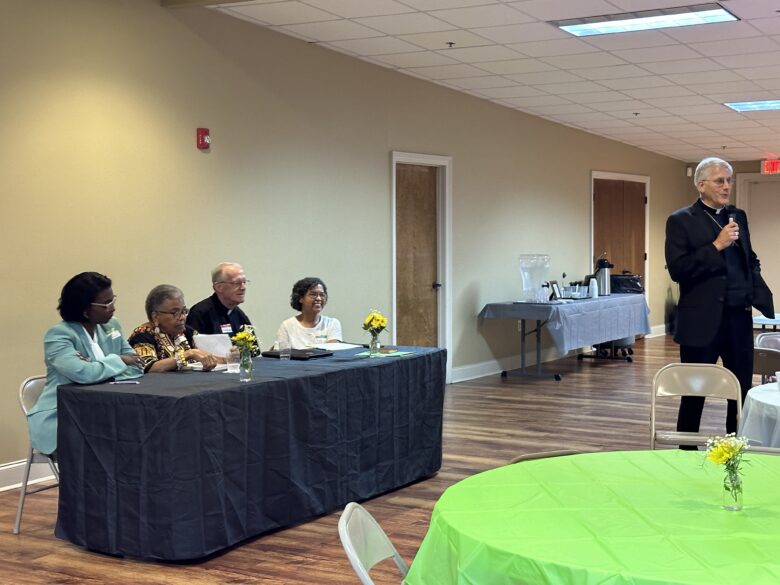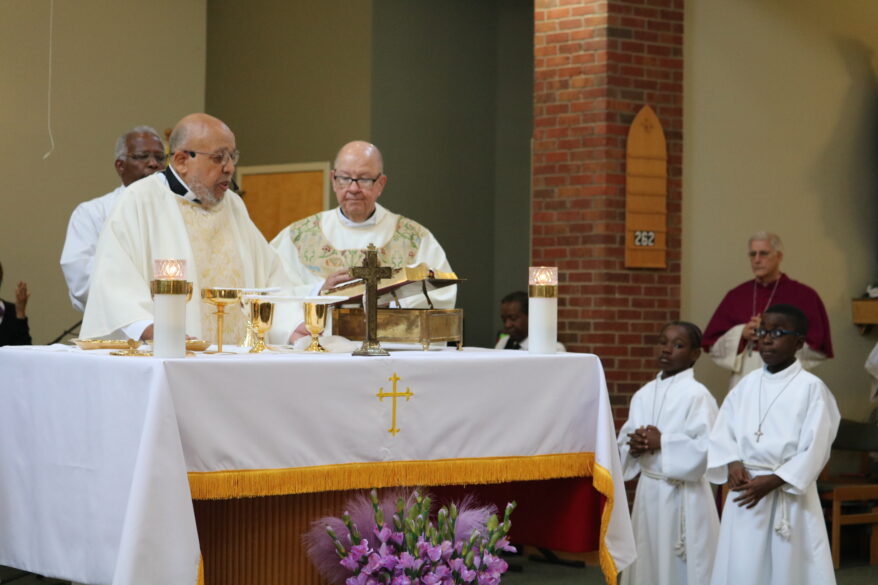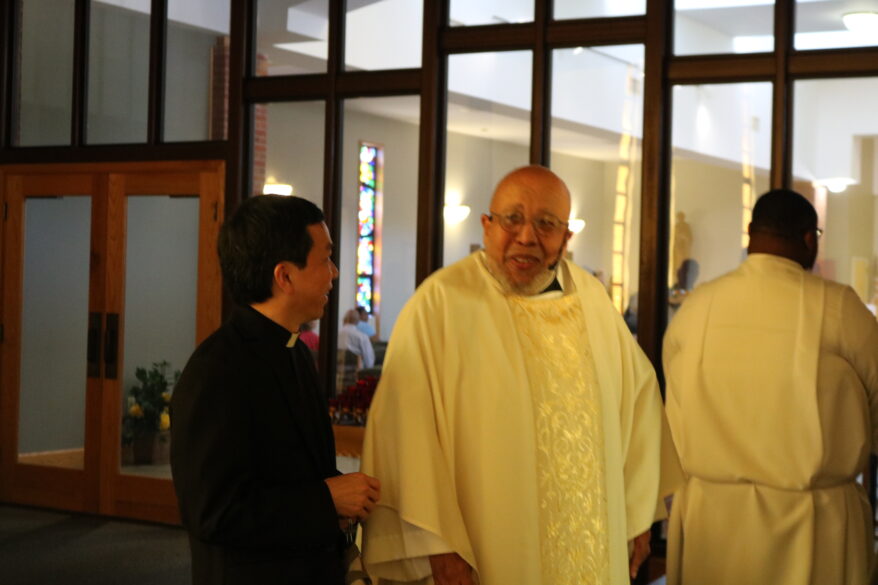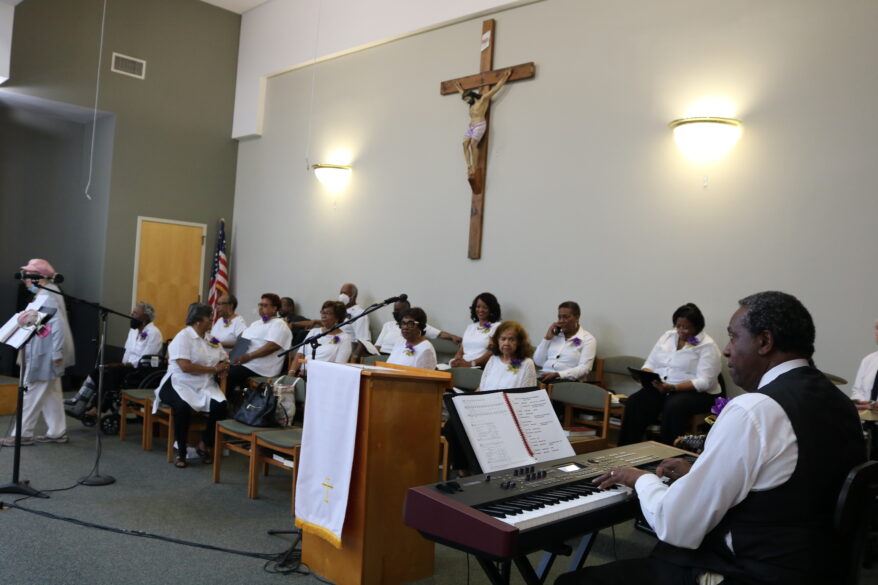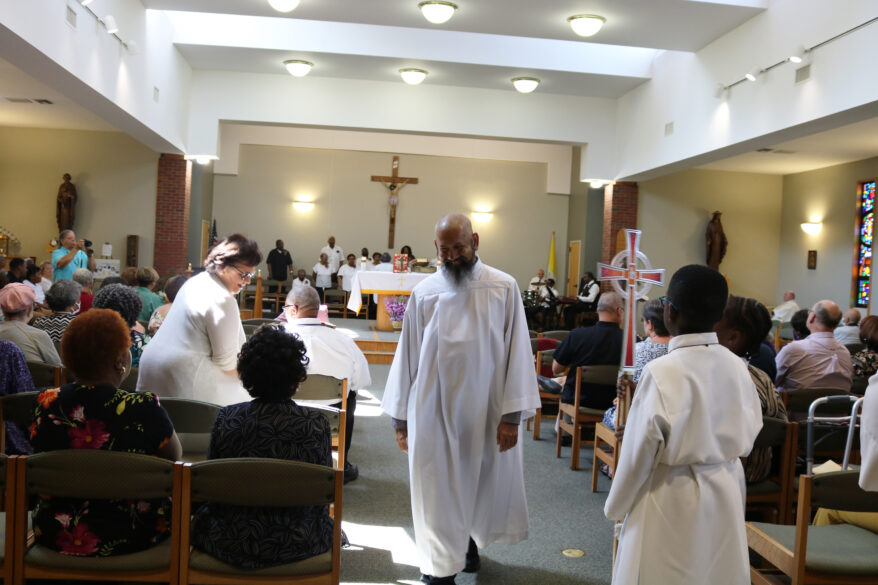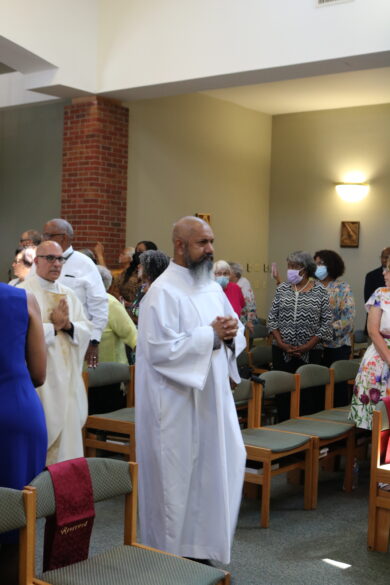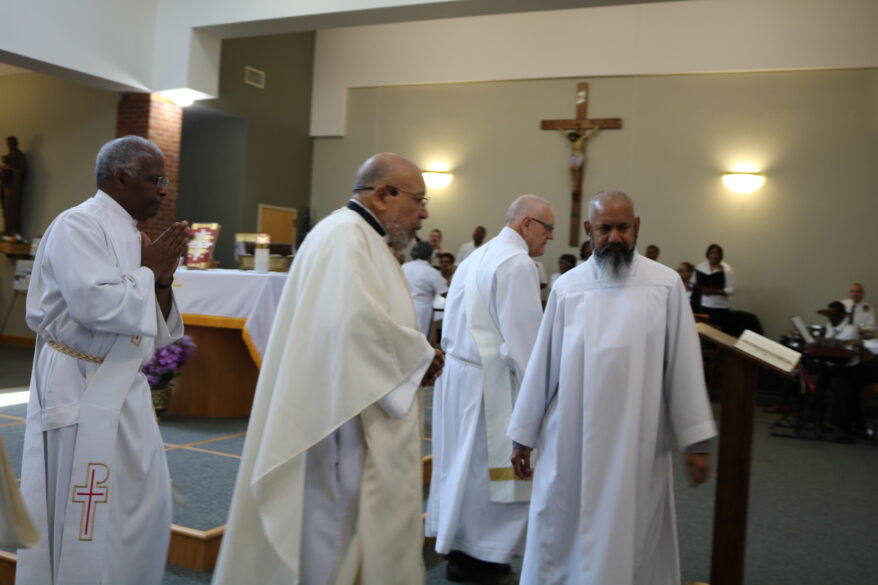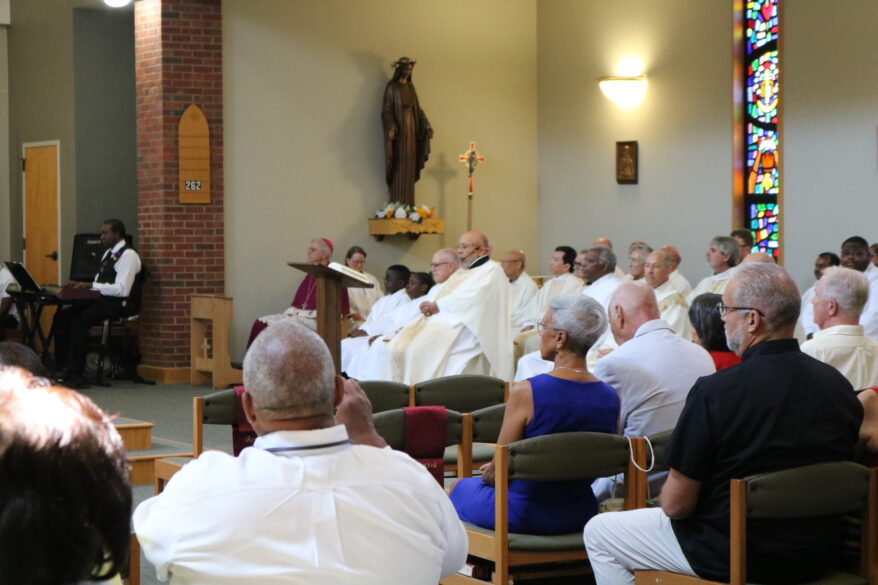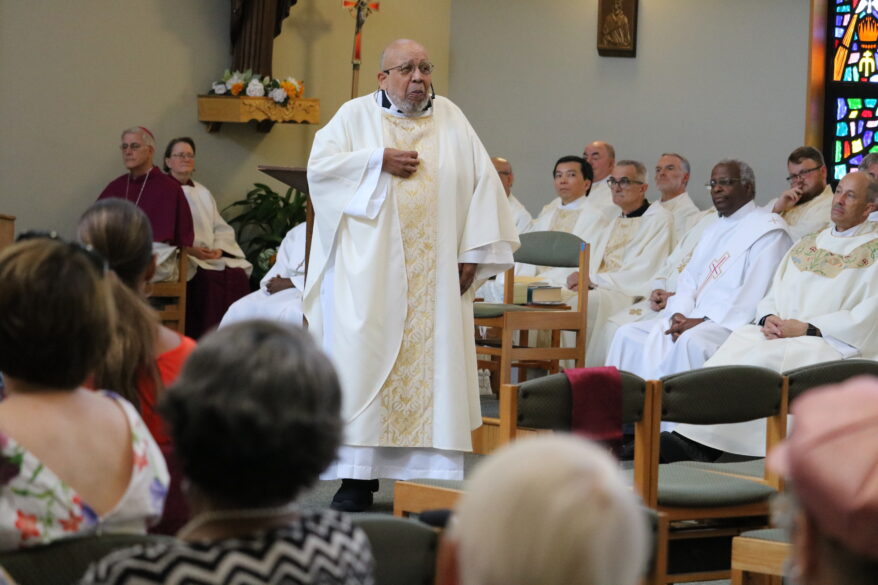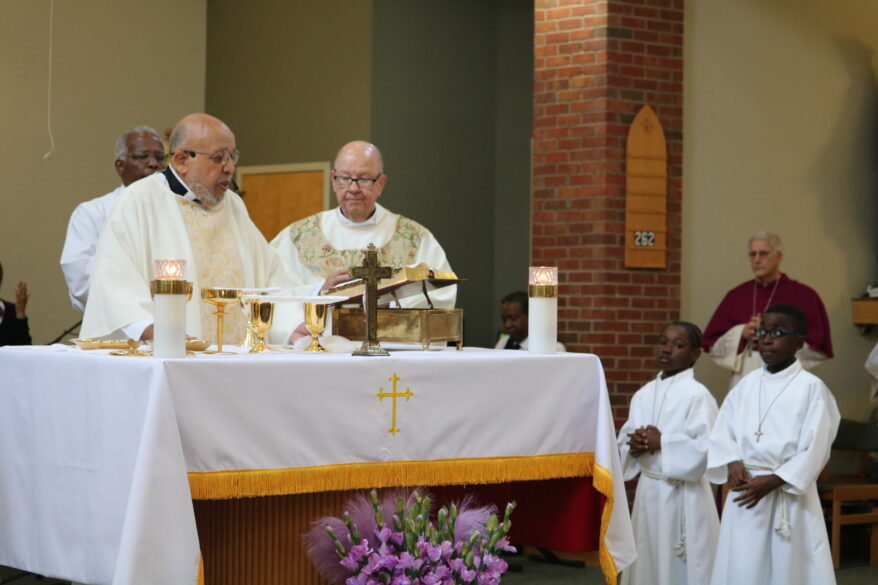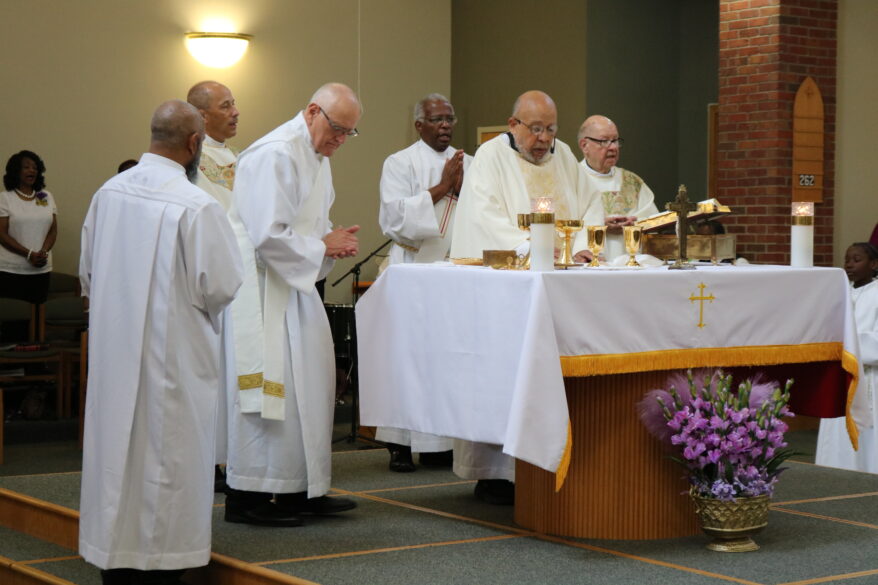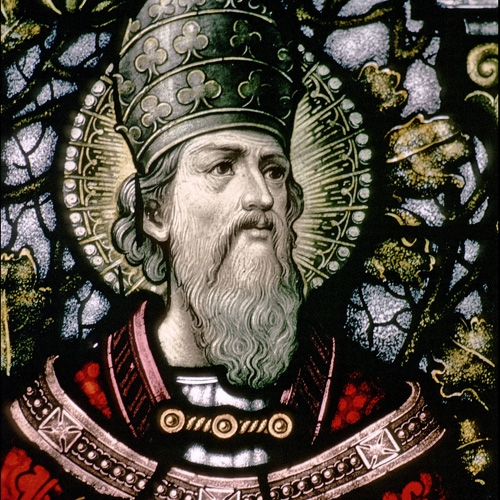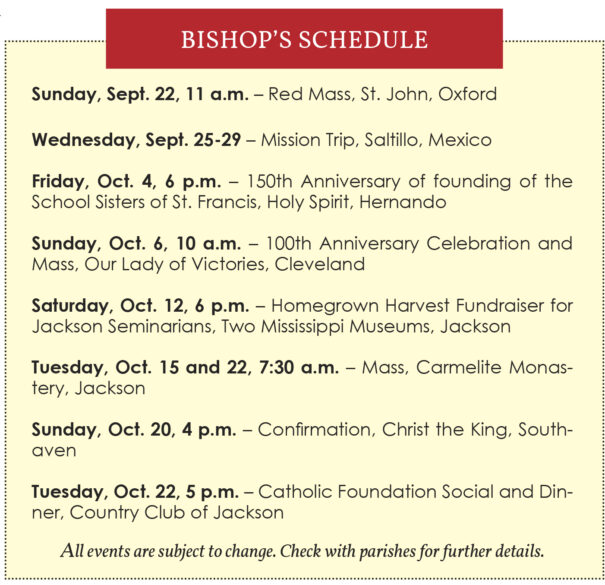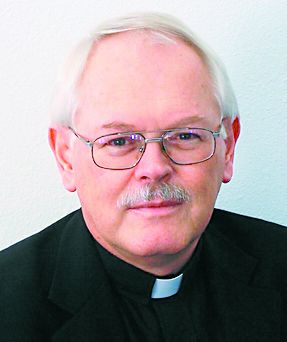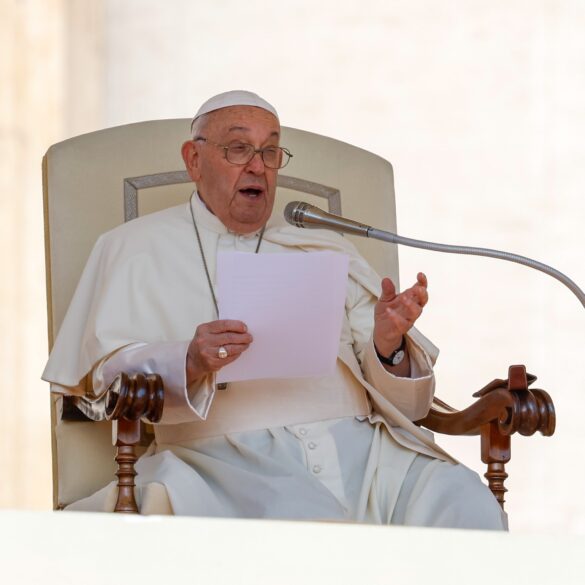By Gina Christian (OSV News) — A Catholic priest who had gameshow fans “swooning,” according to one entertainment reporter, told OSV News he hoped his recent television appearance helps give “a positive impression of the church” and clergy in general.
Holy Cross Father Steven Jakubowski, a parochial vicar at St. Ignatius Martyr in Austin, Texas, was a contestant on “Jeopardy!” — the long-running quiz show now produced by Sony Pictures — in an episode that aired Sept. 19.
The Grand Rapids, Michigan, native, who was ordained in April, notched third place with $2,000 in winnings — which the 29-year-old said will “go to the (Holy Cross) community” in keeping with the order’s vow of poverty.

The sight of the young, bearded priest on the iconic “Jeopardy!” set had at least a few viewers taking to social media to comment. “Omg father Steve is so enjoyable to watch he’s so happy to be there,” exclaimed X (formerly Twitter) user @HellOnHeelsGirl in a Sept. 19 post.
But for Father Jakubowski, the opportunity to participate in the show was a surprise, since he had applied to be a contestant “just for fun.”
“A couple of years ago, I applied (through) a sort of online quiz that you have to take,” he explained. “I didn’t expect to hear much from it.”
In the interim, he took a second online quiz and advanced to a “Zoom version of the game.”
“I was in my clerical garb for that, so they knew I was a priest,” Father Jakubowski said. “That was kind of an interesting novelty for them, I’m sure.”
In April, the show’s producers “called me up out of the blue and asked if I wanted to come to Los Angeles to be on the show for an episode,” he said.
After ensuring his schedule would allow him to “make it happen” — and encountering “a little bit of surprise” from parishioners, who encouraged him to “go for it” — Father Jakubowski headed out to compete in an episode, which was filmed in April. He remained mum about the outcome until the air date, due to a standard nondisclosure agreement with the producers.
The former math major said he watched “Jeopardy!” while growing up, and enjoys trivia since it highlights how “little facts can be part of something bigger.”
“Part of it is that it is just fun to know an obscure fact,” he admitted. “But I think (also) it’s sort of the way those obscure facts are maybe part of something more interesting or coherent.”
His best subject for trivia is geography — as well as Scripture, he said.
“I was hoping for a lot of Bible questions,” said Father Jakubowski. “You know, I think I would do reasonably well.”
(Gina Christian is a multimedia reporter for OSV News. Follow her on X (formerly Twitter) @GinaJesseReina.)


